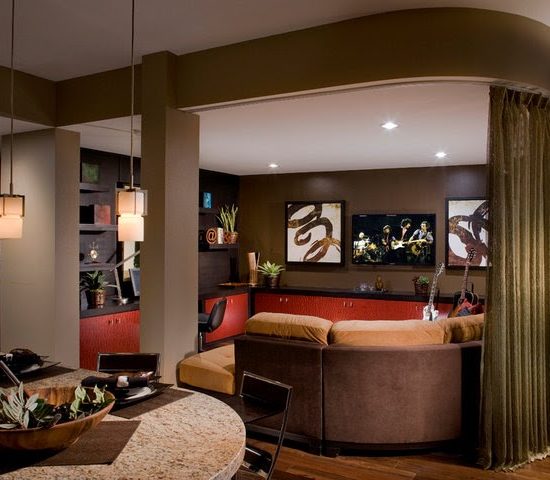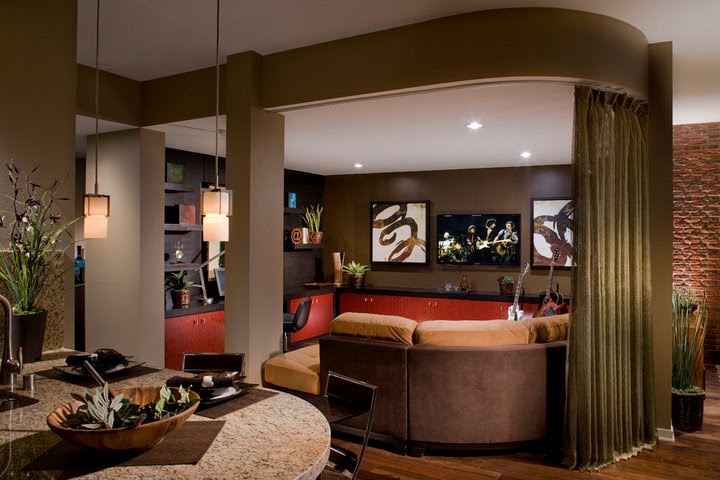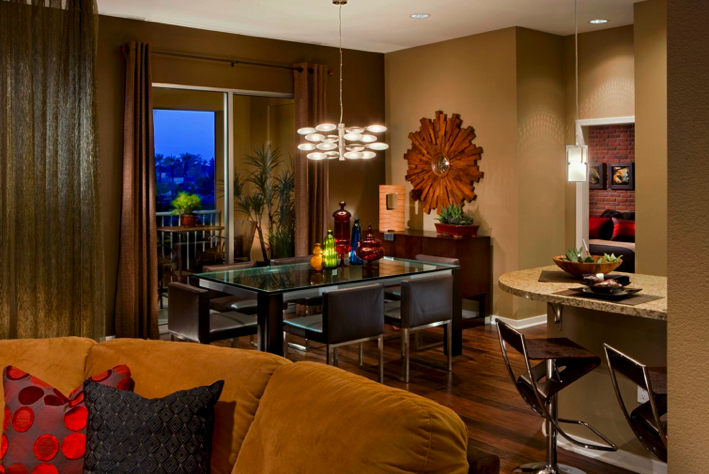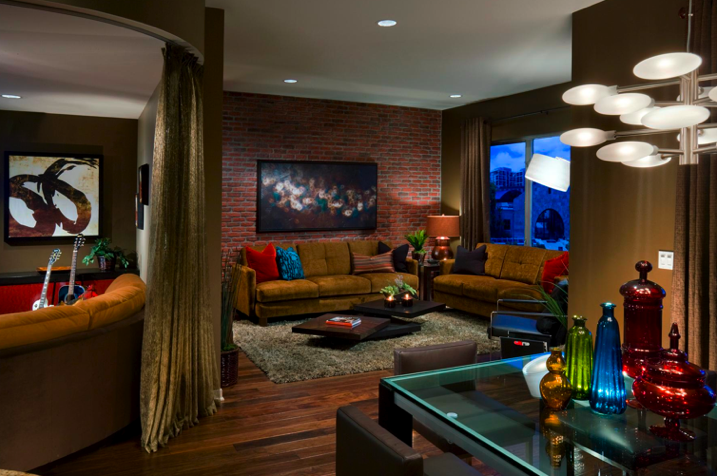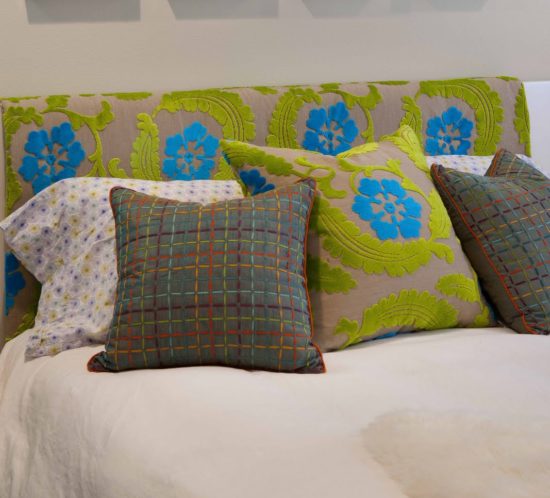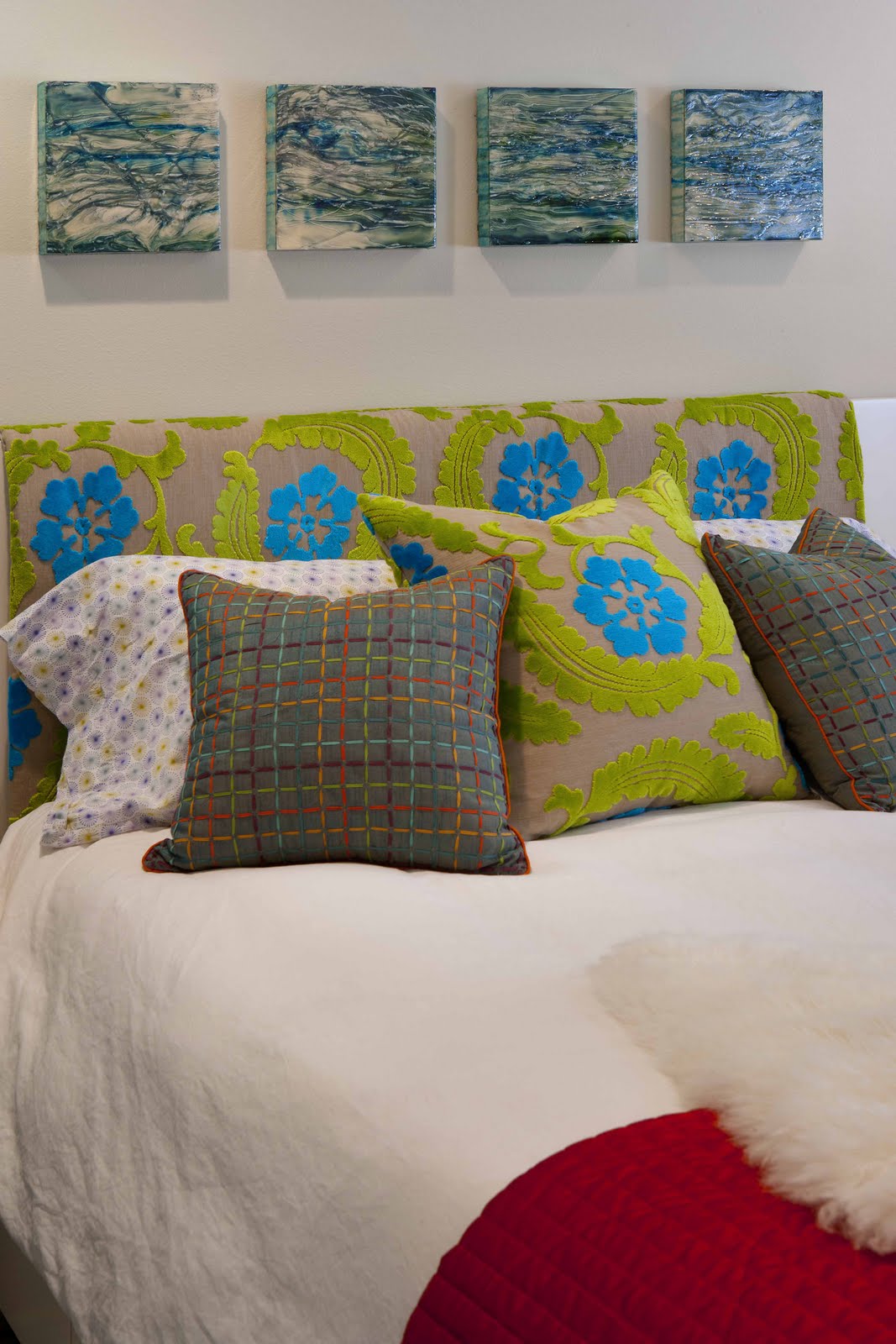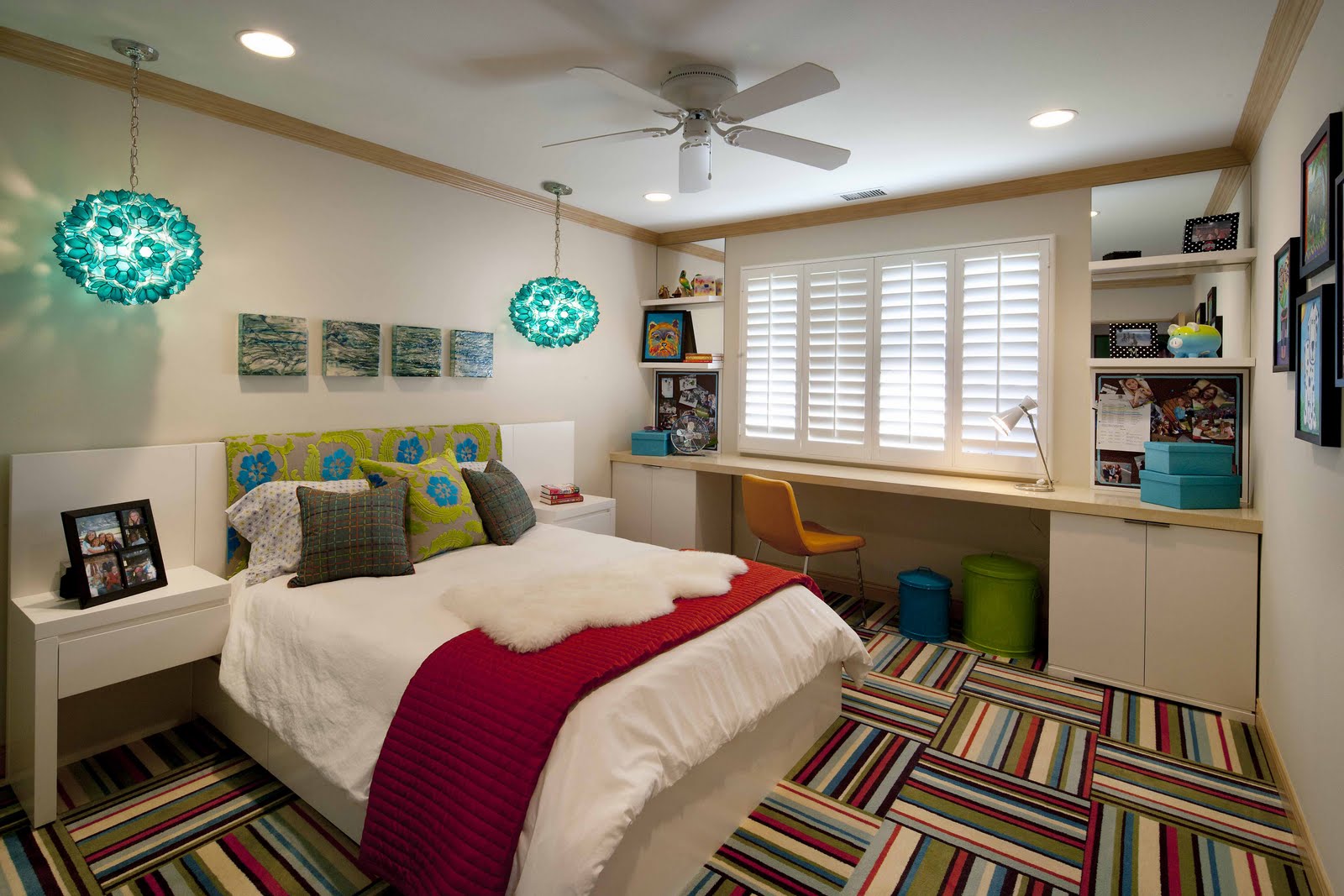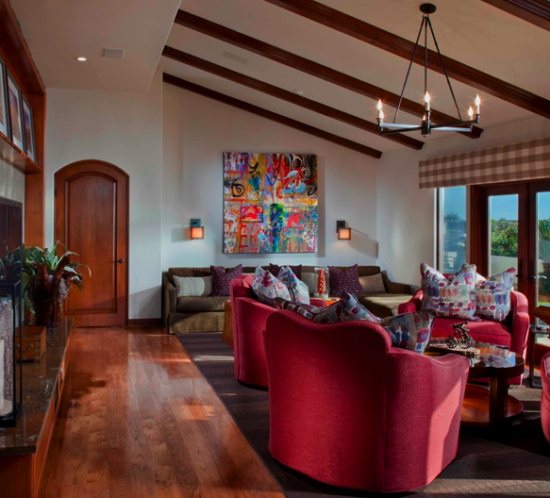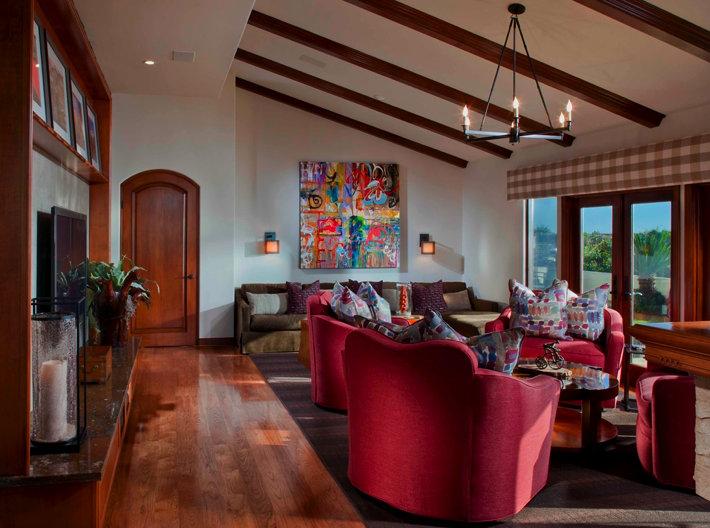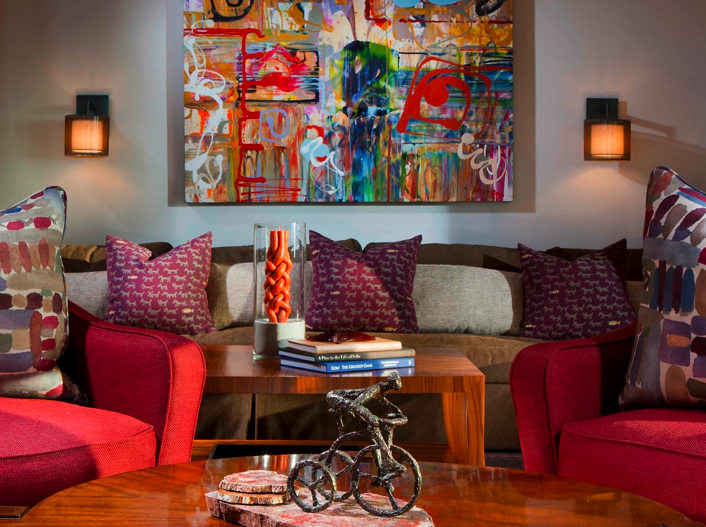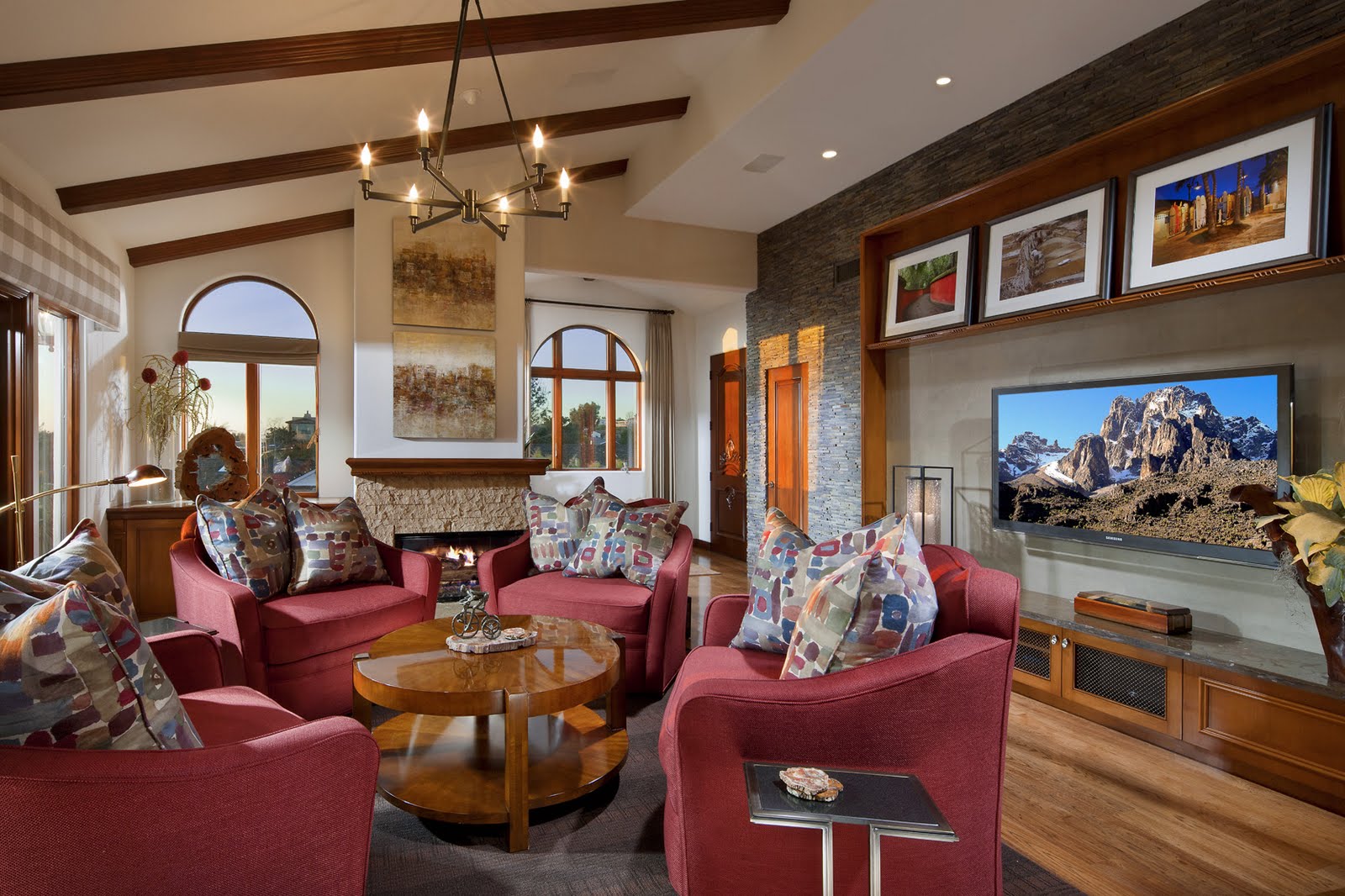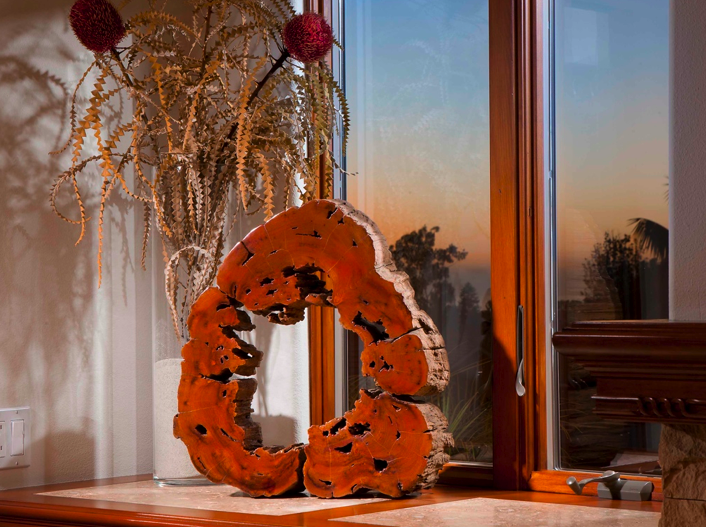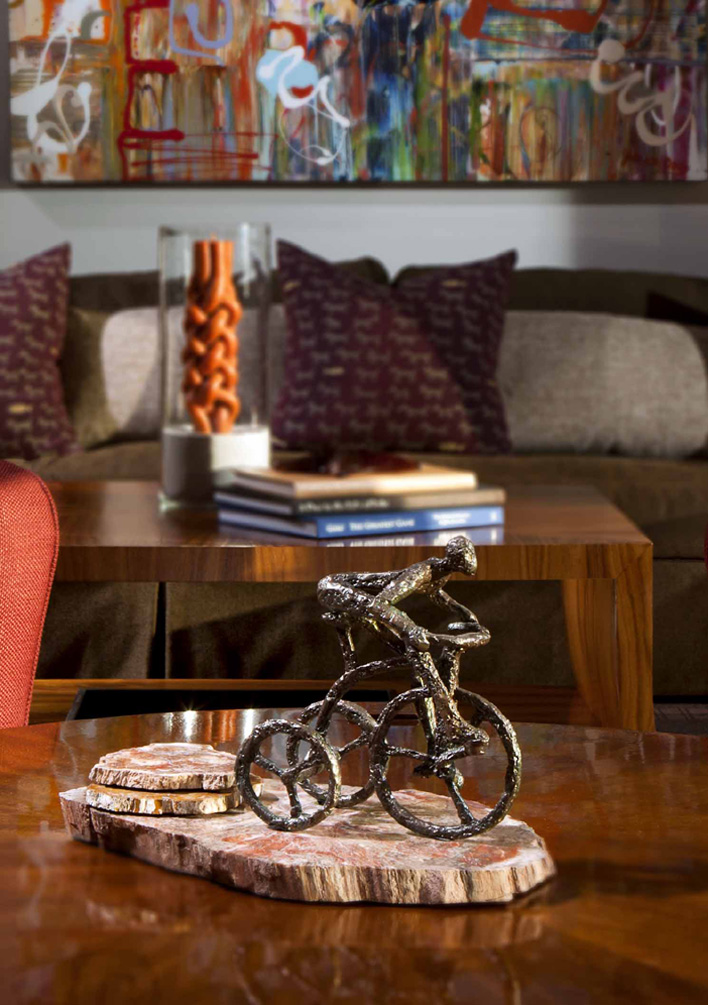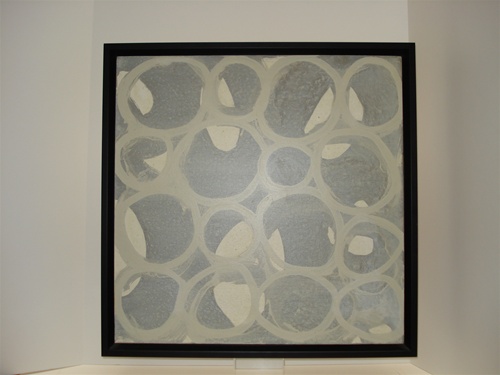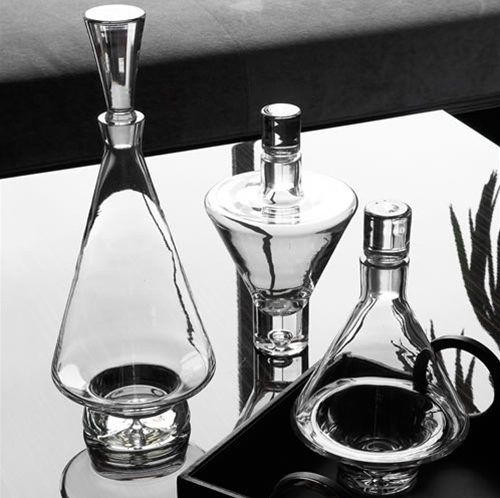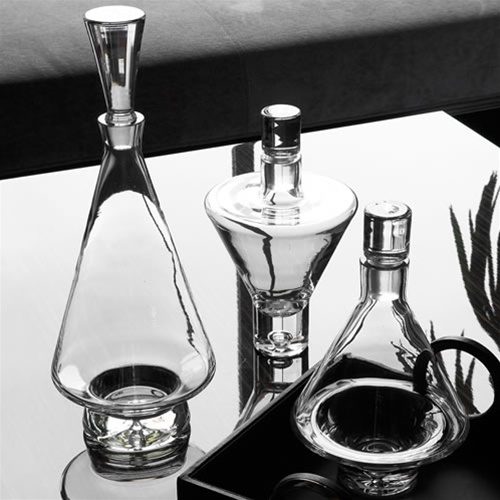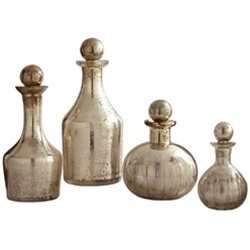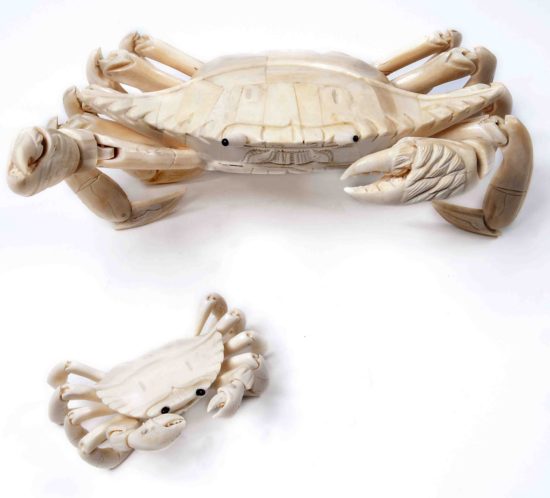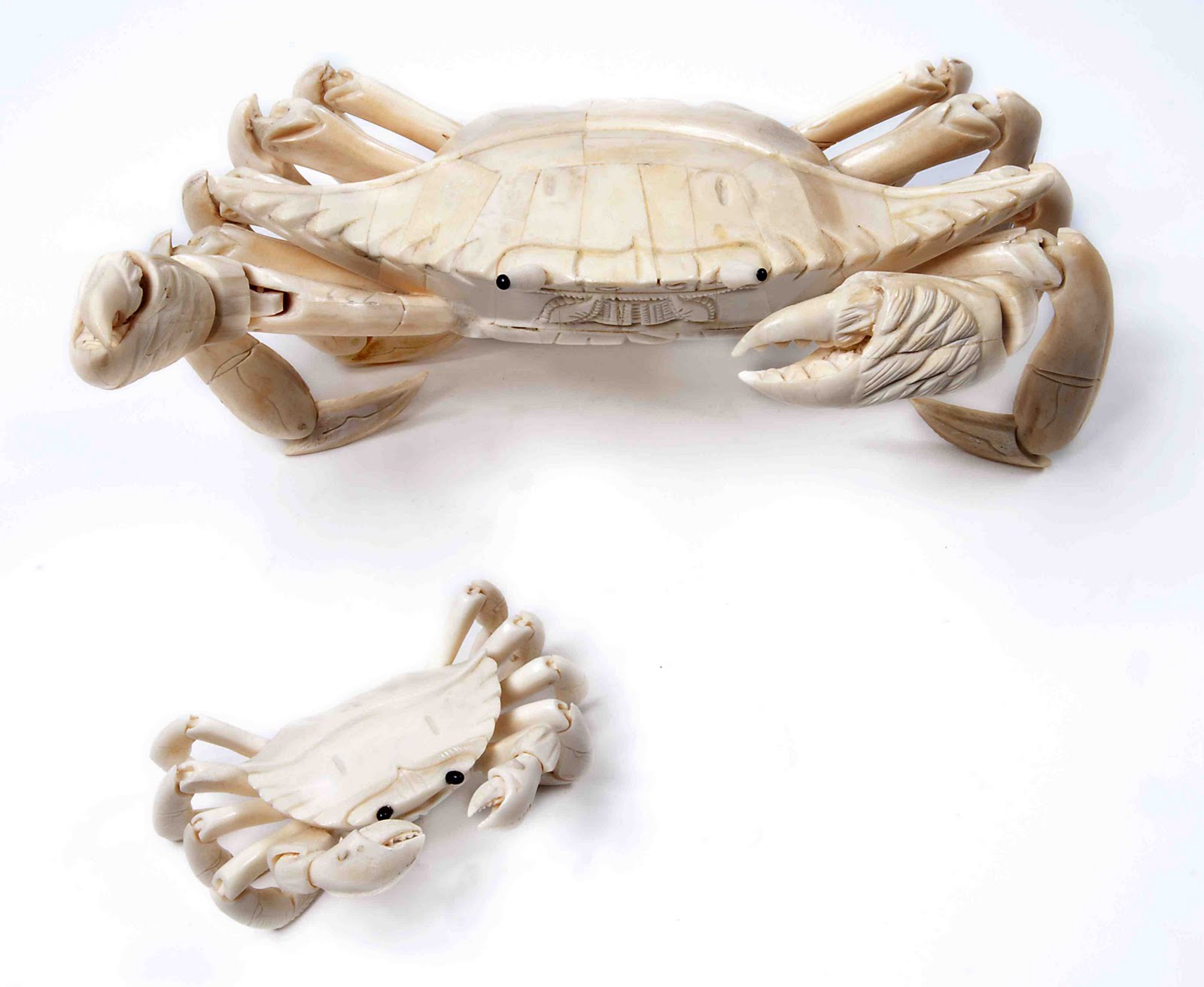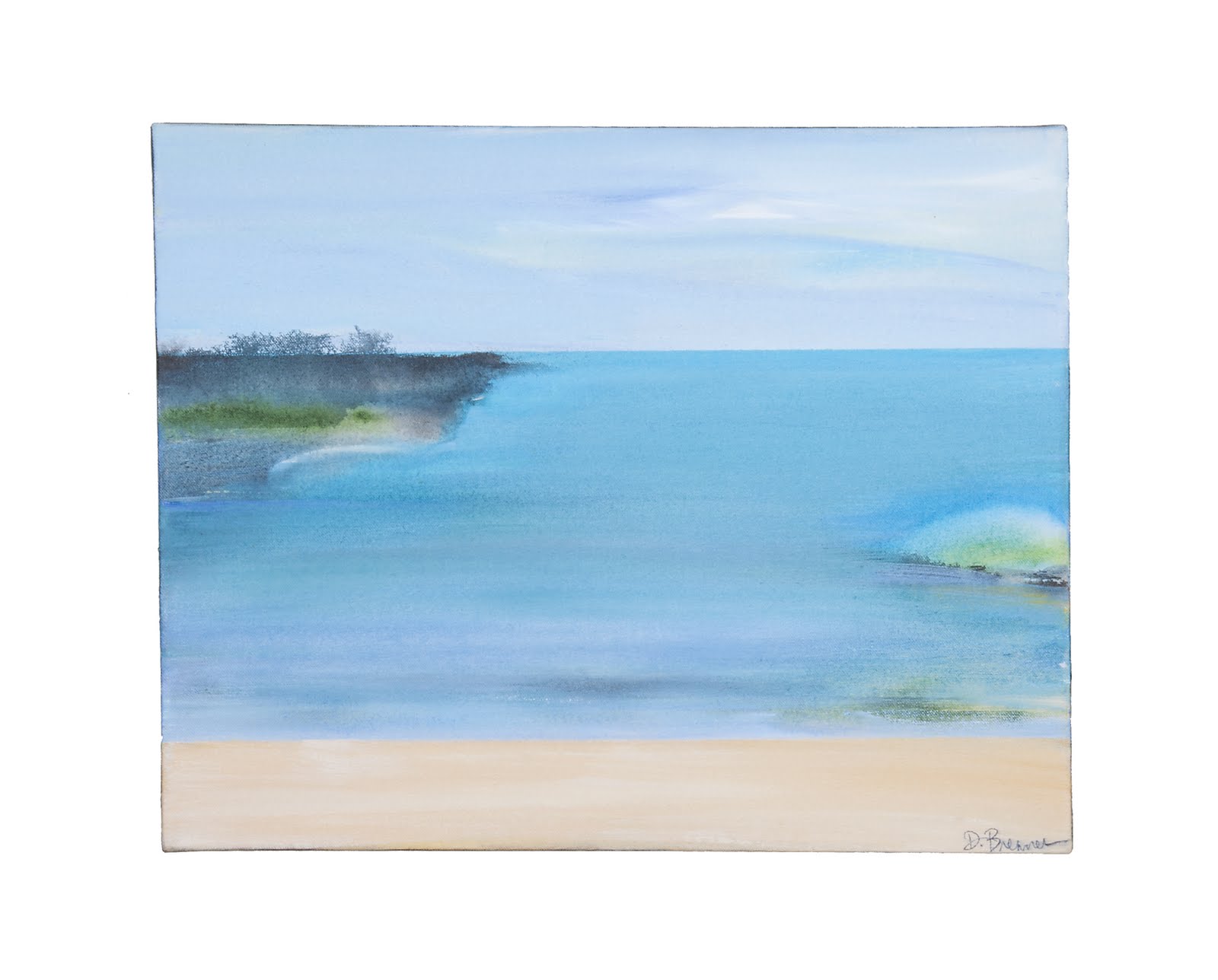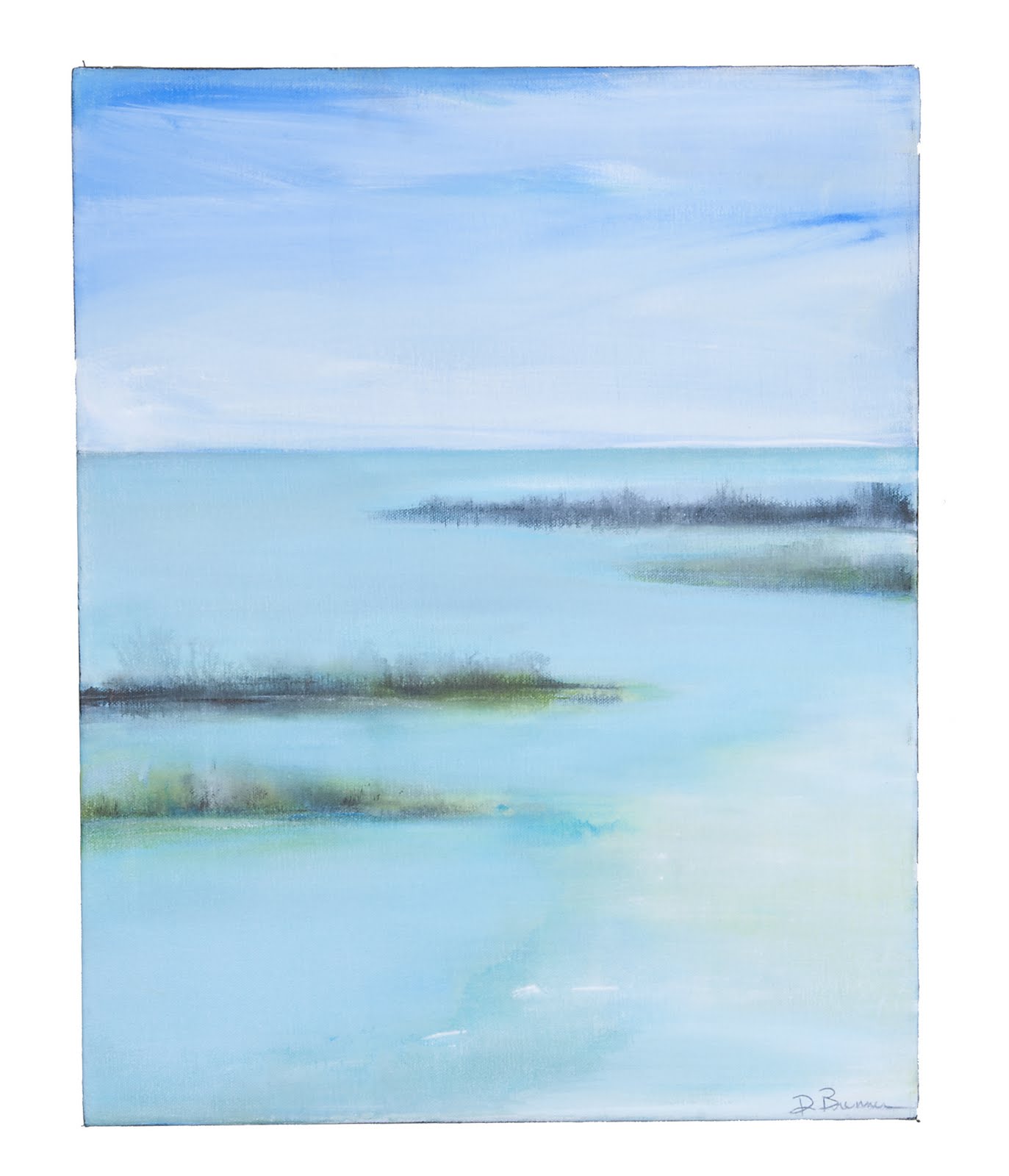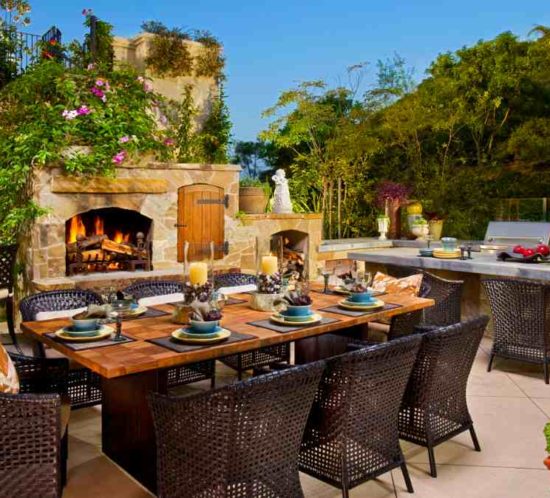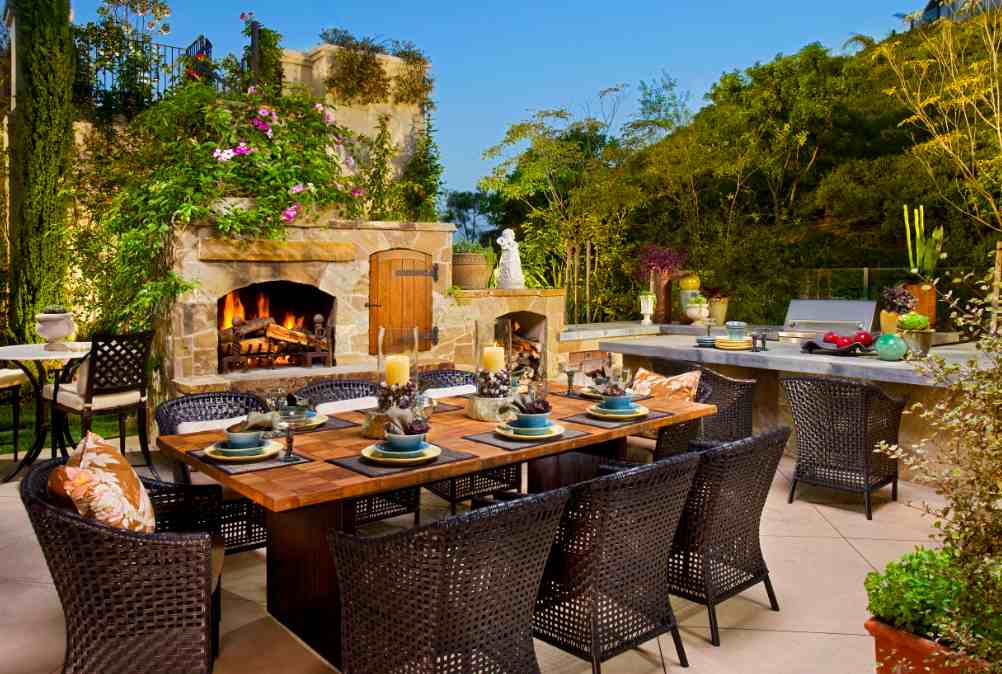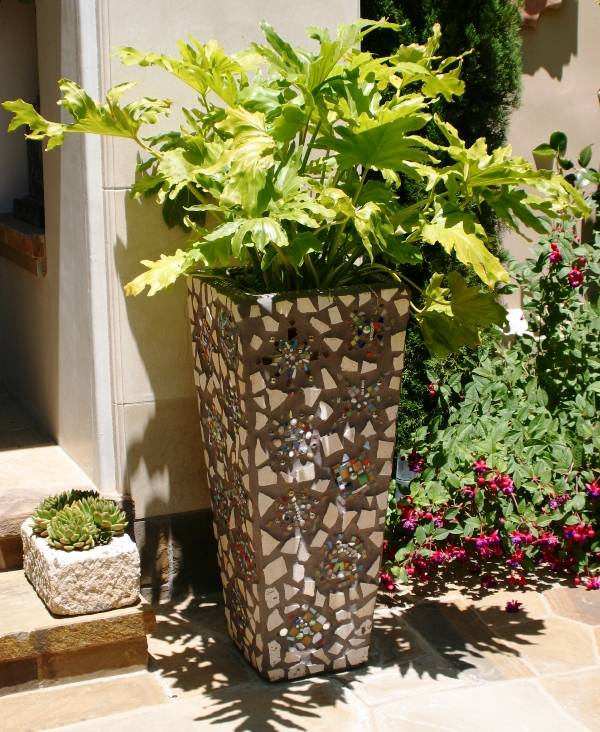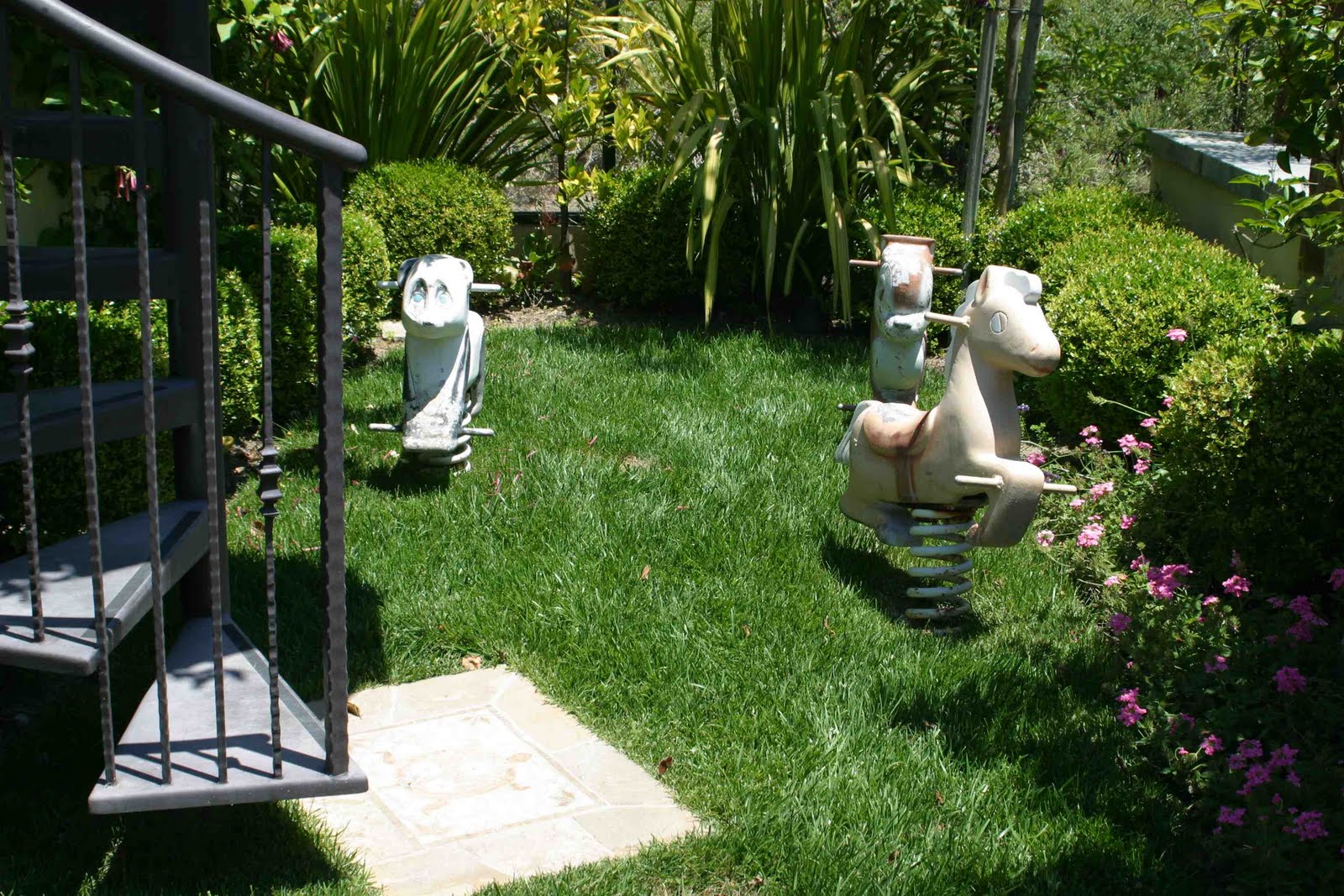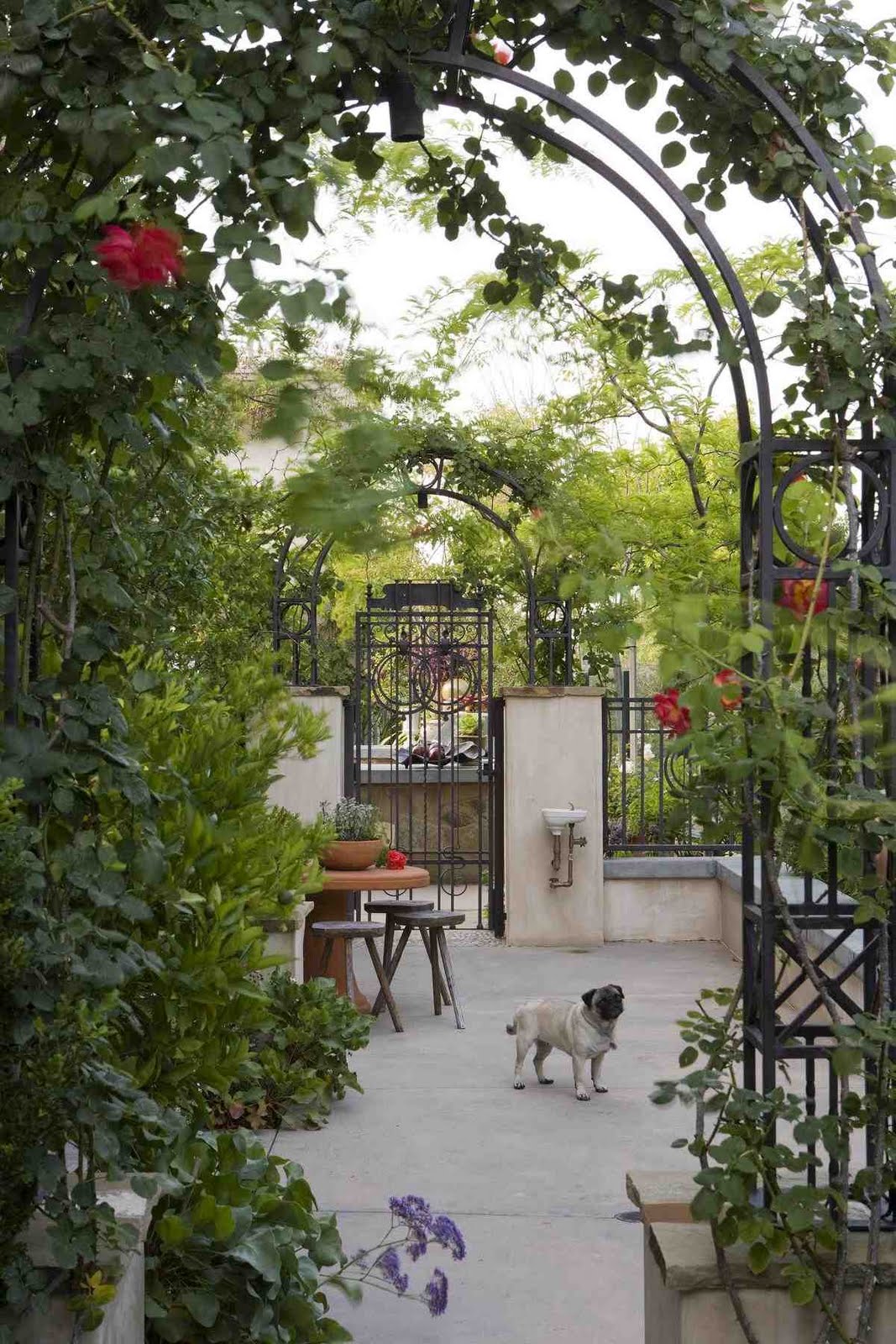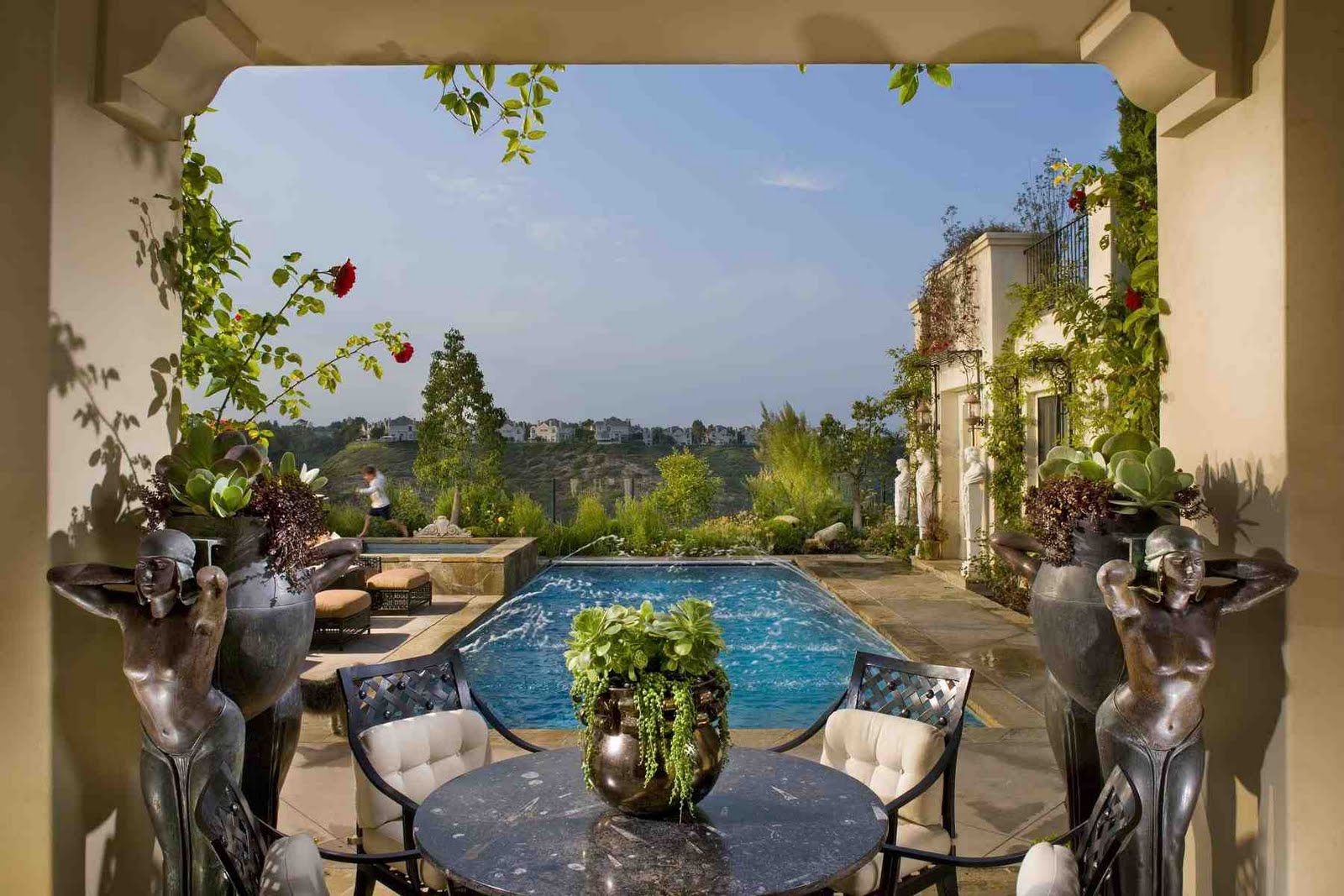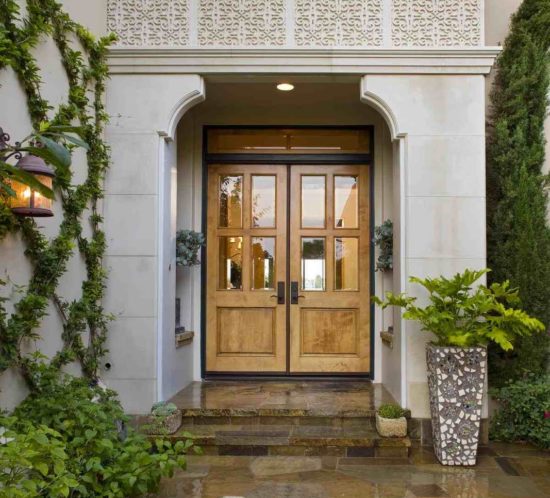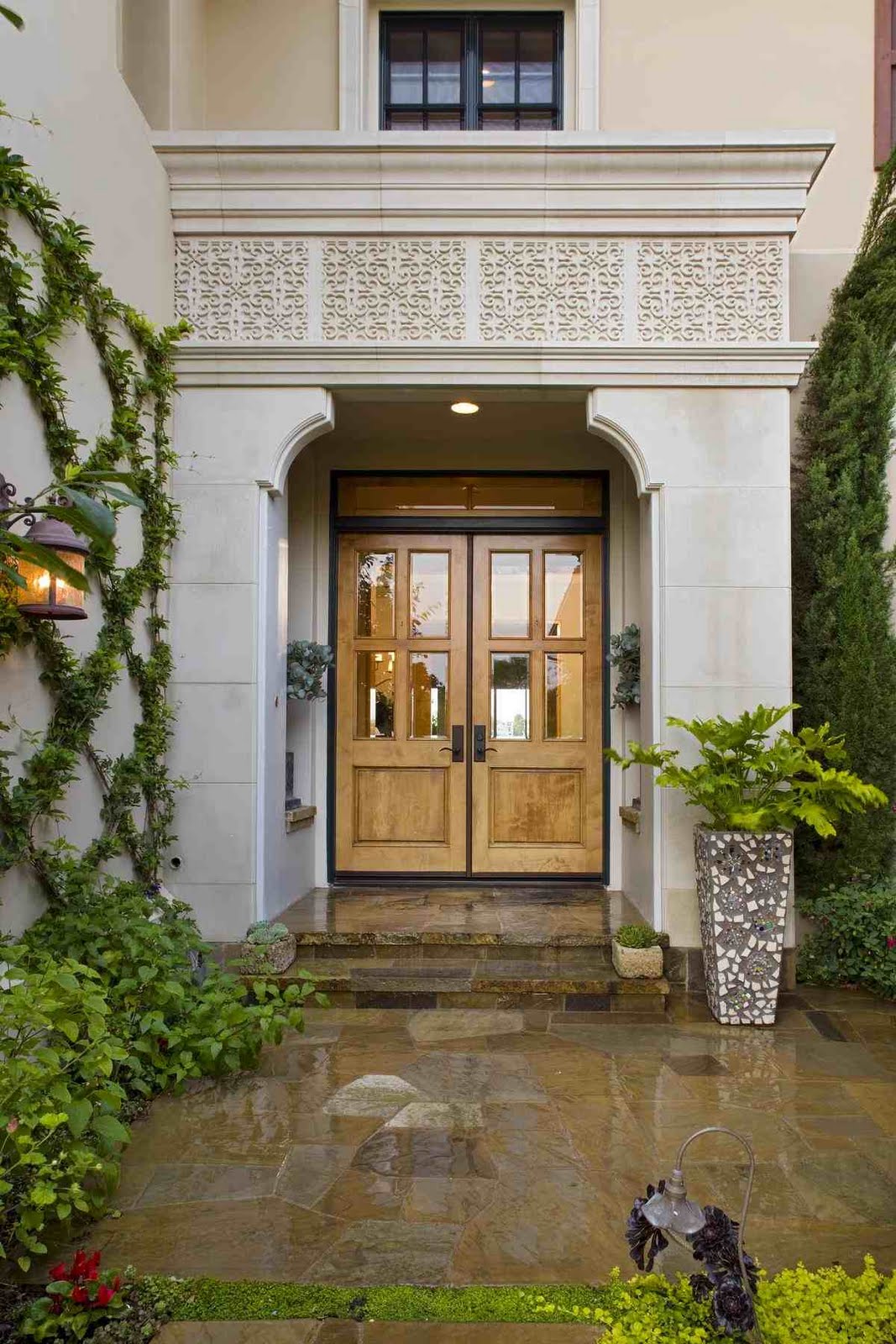Proportion Parameters
One of the biggest telltale signs that a home has not had the input of a designer is that it is out of proportion. I see a lot of out-of-scale furniture, underutilized space and awkward floor plans. I was just in a house recently where this was apparent. It was sort of odd how they arranged things and uncomfortable to move from room to room, making it feel un-inviting. But the homeowners didn’t know what they were missing because no one had taken the time to rearrange it and edit it for them!
When putting together a room, it’s really worth to hire a designer for a few hours to help out. They can help you create a floor plan which is useful in many ways. They can also do some drawings to scale so you know what fits size-wise if you are going to buy the furniture yourself. Even if you want to do it one piece at a time, you have that background of information to use for as long as you’re in the home.
This kind of consultation is something just about any designer will do. It can really help you create the kind of space that people will want to be in AND stay in.
Below are some photographs of a media-living room-dining room that was tricky to design. With a little expert planning and design they came together beautifully!

